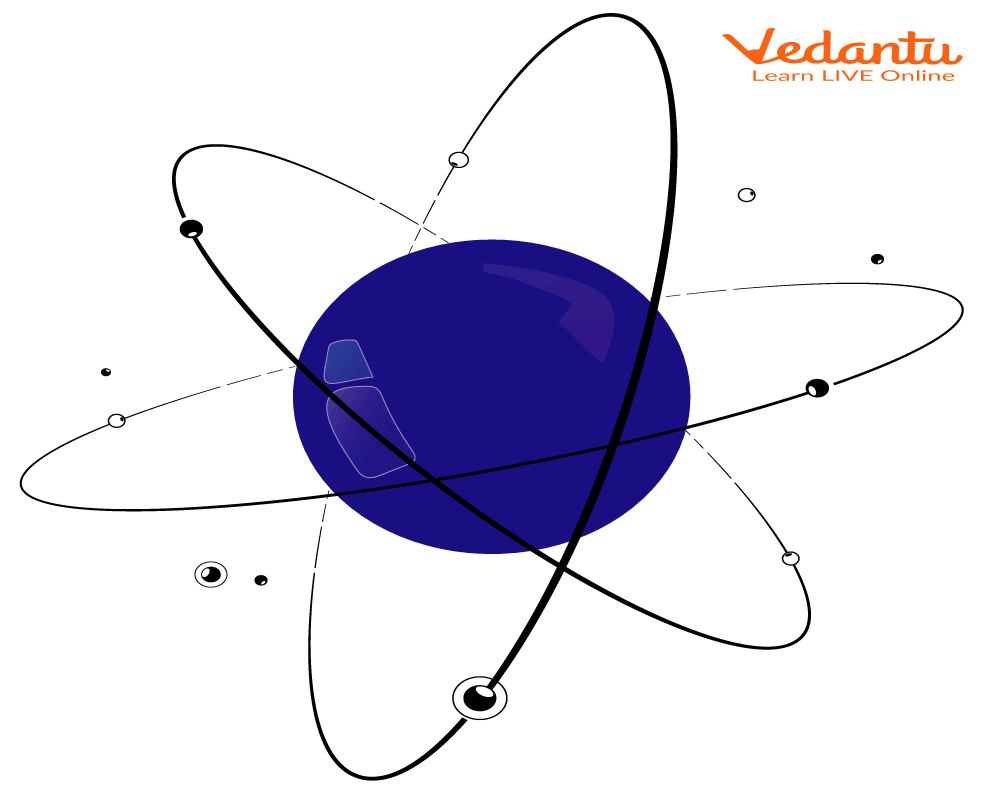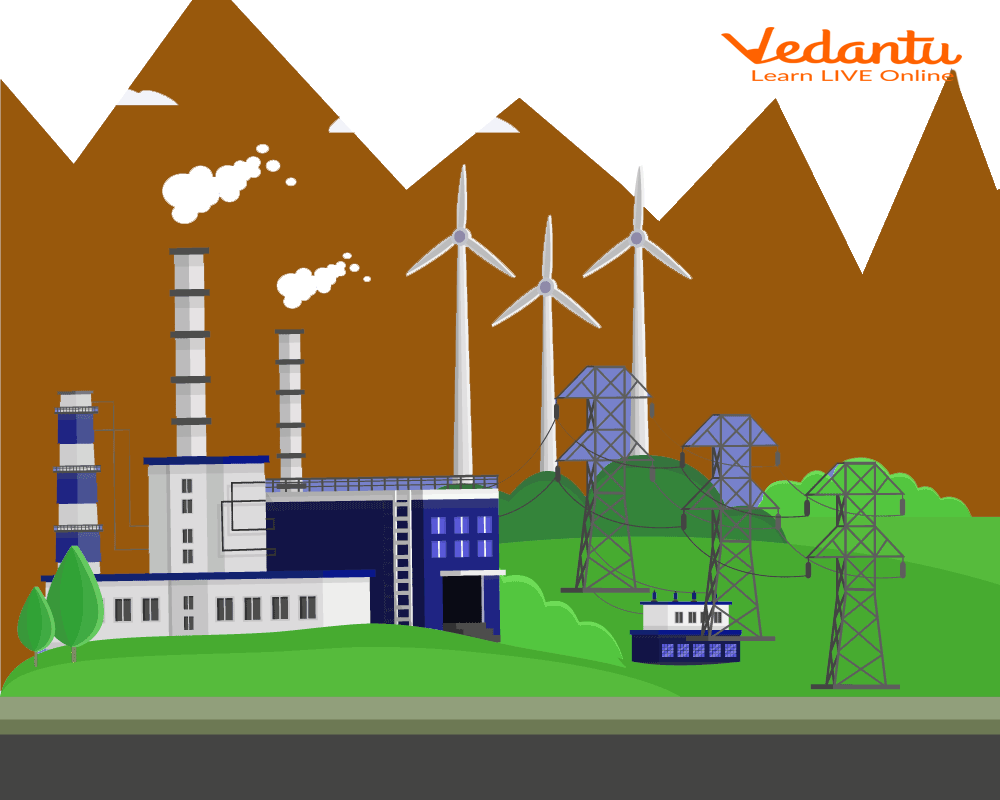




Quick Guide: Understand Basic Electricity Vocabulary
Have you ever wondered why we see lightning thunders, glowing bulbs, and beautiful twinkling fairy lights? Well, these occur due to a natural phenomenon called electricity.

Lightning Thunderstorm
In scientific terms, electricity is defined as the flow of tiny and charged particles (electrons and protons). It is the form of energy achieved through the movement of electrons from place to place. Thunder bolting or lightning, as mentioned above, also occurs due to electron flow in the air which releases high energy in the form of lightning.
After several years of research, scientists have discovered how to generate electricity and use it for various purposes. It supplies power to electrical appliances such as heaters, computers, televisions, etc. Today, electricity runs the entire world and makes our lives comfortable.
To know more about electricity and electrical terms, keep reading the article.
How is Electricity Generated?
Every object in this universe contains tiny particles called atoms. Each atom further consists of small particles called electrons and protons. They revolve around each other continuously.

Atom
A proton has a positive charge, whereas an electron has a negative charge. Unlike charges, positive and negative attract each other. However, like charges repel. For example- two positive or negative charges will repel, whereas one negative charge
and one positive charge will attract. Electricity generates when electrons move in a to and fro motion (pushed and pulled) from atom to atom.
What are the Basic Electrical Terms to Understand?
It is crucial to know the basic electrical terms to understand electricity better. These include;

Bulb
Ampere - It is the standard unit of electric current. It is written as 'amp'.
Cell - It is an electrical device that generates electrical energy from chemical energy. It has two terminals, one positive and another negative. Electric current flows through a device when the terminals are connected to it.
Batteries - A battery is a group of two or more cells connected. They come in different sizes and shapes. They provide power to various portable devices such as laptops, cell phones, wristwatches, hearing aids, flashlights, etc.
Conductors - These materials allow electricity to pass through them. Some examples are copper, iron, etc.
Insulators - These materials do not allow electricity to pass through them. Some examples are wood, rubber, etc.
Electric Circuit - It is an interconnection of electric devices, including a battery or cell, wires, a switch, and an electric object like a bulb.
Voltage - It is an electric force that makes electrons move in the circuit. It has a standard unit called 'volt'.
Power - It is the amount of electric energy transferred to an appliance. Its standard unit is 'watts'.
Some Facts About Electricity
Here are some interesting facts on electricity:
Electricity can travel as fast as light, which is 3,00,000 kilometres per second. That is why we get electric shocks quickly.
A single lightning thunder lasts for a few seconds due to high voltage.
A static electricity spark comes with a voltage of 3,000 volts or more.
LED bulbs consume less power compared to conventional bulbs.
Electricity contracts cardiac muscle cells to generate a heartbeat.
A plugged appliance uses power even when the switch is off.
An average laptop uses up to 20 watts, and a desktop works at more than 80 watts.
Summary
Electricity occurs by the motion of electrons. It can be generated naturally or artificially. It provides energy for electric appliances to work. However, it can be dangerous in case of negligence. It can cause shock, burn injuries, and even death in some cases. Hence, parents or elders must ensure to keep their children away from its reach.

Electricity Applications
FAQs on Essential Electrical Terms and Definitions
1. What is electricity, explained in simple terms?
Electricity is a form of energy that results from the existence and movement of charged particles, most commonly electrons. When these charges build up on a surface, it's called static electricity. When they flow through a path, like a wire, it's called current electricity, which is what powers our homes and devices.
2. How is electricity generated from different sources?
Electricity is generated by converting other forms of energy into electrical energy. The main sources are categorized as:
- Renewable Sources: These are natural resources that replenish themselves, such as sunlight (solar power), wind (wind turbines), moving water (hydroelectric power), and heat from the earth (geothermal power).
- Non-Renewable Sources: These are finite resources that get depleted with use. They primarily involve burning fossil fuels like coal, natural gas, and oil in power plants to create steam, which turns turbines to generate electricity.
3. What is the difference between an electrical conductor and an insulator?
The main difference lies in how easily they allow electrons to flow through them. A conductor, like copper or aluminum, has free electrons that can move easily, allowing electric current to pass. An insulator, like rubber, glass, or plastic, has tightly bound electrons and does not allow electricity to flow through it easily. This is why electrical wires are made of copper (a conductor) and covered in plastic (an insulator) for safety.
4. How does electricity work in a simple circuit?
For electricity to work, it needs a complete, closed path called a circuit. A simple circuit has three basic components: a power source (like a battery), a load (like a light bulb that uses the energy), and a path (like wires connecting everything). When the circuit is closed, electrons flow from the negative terminal of the power source, through the wires and the load, and back to the positive terminal, causing the bulb to light up.
5. What is the difference between static and current electricity?
The key difference is movement. Static electricity is the buildup of electric charge on the surface of an object, where it remains stationary until it is discharged. An example is a balloon sticking to a wall after being rubbed on hair. Current electricity, on the other hand, involves the continuous flow of electric charges (electrons) through a conductor, like electricity moving through wires to power a fan.
6. Why can we get an electric shock?
You get an electric shock when your body accidentally becomes part of an electric circuit. Since the human body is a good conductor of electricity (due to its high water content), touching a live electrical source can cause current to flow through your body to the ground. This unexpected flow of electricity through the body's tissues is what causes the painful and dangerous sensation of an electric shock.
7. What are some common examples of electricity being used in our daily lives?
Electricity is essential in modern life and is used in countless ways every day. Some common examples include:
- Lighting: Powering bulbs and lamps in our homes, schools, and streets.
- Appliances: Running kitchen appliances like refrigerators and microwaves, as well as washing machines and air conditioners.
- Technology: Charging and operating our phones, computers, and televisions.
- Transportation: Powering electric trains, trams, and electric vehicles.
8. Who is credited with discovering electricity?
Electricity as a natural force was not invented by one person, as it has always existed (e.g., lightning). However, Benjamin Franklin is widely credited for his groundbreaking experiments in the 18th century, particularly his famous kite experiment, which proved that lightning is a form of electrical energy. His work laid the foundation for our modern understanding of electricity.
9. What are some basic safety tips for using electricity at home?
Following basic safety rules is crucial when using electricity. Key tips include:
- Never touch electrical switches, plugs, or appliances with wet hands.
- Do not insert any object other than a plug into an electrical socket.
- Avoid overloading a single socket with too many plugs using extension cords.
- Keep electrical appliances away from water sources like sinks or bathtubs.
- If a wire is frayed or damaged, stop using the appliance and get it repaired or replaced.









